
This is a file photo in public domain from the U.S. Coast Guard taken later in the Day of Katrina, August 29, 2005 from a USCG helicopter. The flooded street is Ponchartrain Blvd. To its left is the 17th Street Canal whose levee breached near the lake (at top of the photo). The flood waters, driven by Katrina which was now headed northeast into Mississippi, poured into the city of New Orleans and into the small neighborhood where I lived (and still live) called Lakeview and its subset called Lakeshore.
Lake Ponchatrain (at the top of the photo) is really not a lake but a brackish (mix of salt and fresh water) bay which has water entering it from the Gulf of Mexico via two narrow passes to the east called the Rigolets and Chef Pass. Katrina drove the gulf waters through those passes into the lake, then into the canals through the breached levee walls, and into the city itself.
Normally, outfall canals take the rain water that gathers in the city and, with the aid of giant pumps -- some say the largest in the world -- dump the rain water into the lake. In Katrina, the water surged backwards, not out of the city but into the city. There are three main outfall canals in New Orleans -- the London Canal, the Orleans Canal, and the 17th Street Canal. In the storm the levees at the London and the 17th Street Canals breached while the levee at the Orleans Canal was overtopped; all this resulted in massive flooding in the city together with water pouring in from the east from the Industrial Canal breach and MRGO (the Mississippi River Gulf Outlet) and from Lake Borgne where Chalmette and St Bernard Parish and the Lower 9th Ward were flooded.
Lakeview, with thousands of homes, was almost completely destroyed in Hurricane Katrina and, many people drowned to death. But while this tragedy was happeneing in Lakeview, throughout the rest of New Orleans -- in Broadmoor, Carrollton, MidCity, New Orleans East, the 9th Ward, and in St. Bernard and Plaquemines Parishes and elsewhere -- thousands upon thousands of other homes and businesses were being wiped out and hundreds of people would soon die from drowning, heart attack, stress, and other causes. It was already extremely hot and humid, and now the city was filled with filty, poisonous water and suffering from massive wind damage.
New Orleans had become Hell on Earth.
In all, about 1600 people died in Louisiana and about 200 more in other neighboring states in Hurricane Katrina. But people continue to die from Katrina, three years later, due to extreme stress and life disruptions from the storm. There have also been many suicides.
Some people say that we should forget Hurricane Katrina, now that three years have passed; but I say that it can never be forgotten.
-- Adrian


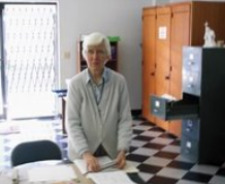

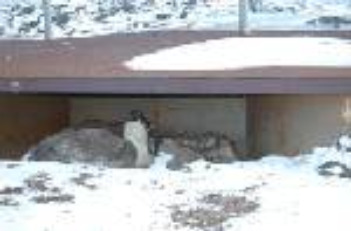
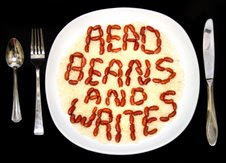


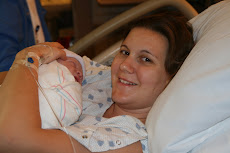

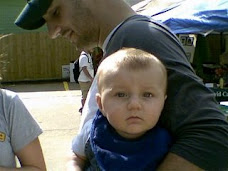



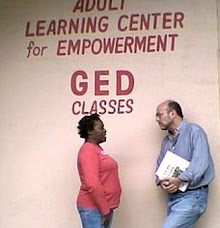

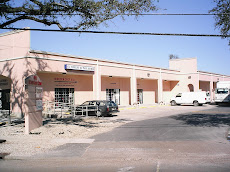


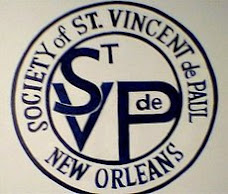
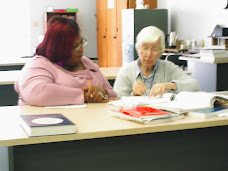
No comments:
Post a Comment